By Alastair Culham
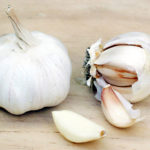 Allium sativum L., or garlic, has not previously featured in #AdventBotany although it is an ingredient in many receipes. It’s also the fourth plant in our Christmas book – “There was no garlic and no dust and very little perfume.” The book has now been identified on Twitter and you can see the title at the end of this blog. Tomorrow we move to a fresh blog from a different author.
Allium sativum L., or garlic, has not previously featured in #AdventBotany although it is an ingredient in many receipes. It’s also the fourth plant in our Christmas book – “There was no garlic and no dust and very little perfume.” The book has now been identified on Twitter and you can see the title at the end of this blog. Tomorrow we move to a fresh blog from a different author.
The botany of garlic
Garlic (Allium sativum L.) is a member of the Amaryllidaceae, the same family as Hippeastrum which has featured previously in #AdventBotany2014. However, garlic is in subfamiliy Allioideae which is readily identified by production of organosulfur compounds that have that typical onion smell. In garlic the main compound is Allicin.
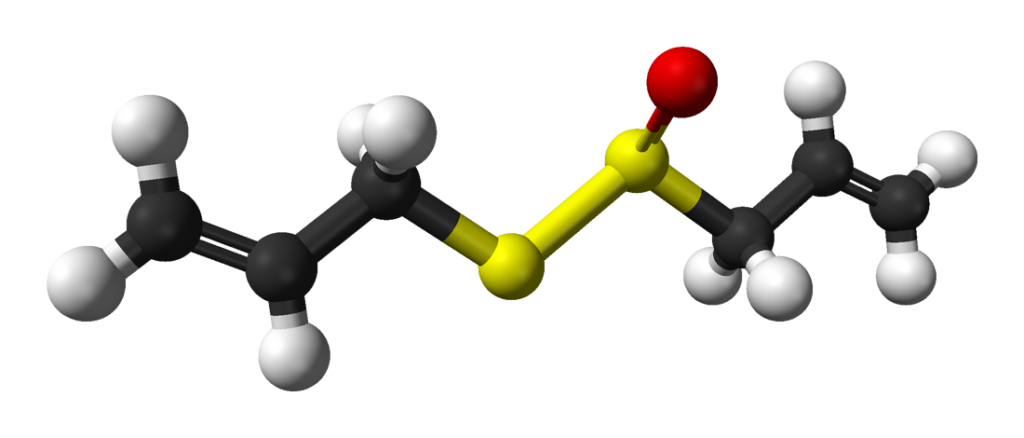
Members of this plant family have flowers in umbels surrounded, in bud, by enclosing bracts and surviving through the dry season as a perennating bulb (the head of garlic, onion etc.).
The Garlic Farm
While China accounts for three quarters of world garlic production, the source of garlic I know best is the remarkable Isle of Wight Garlic Farm. This is one of the many tourist attractions on this small island and offers the opportunity to sample a bewildering range of garlic based foods in their restaurant including garlic ice cream and black garlic chocolate cake as well as more conventional savoury dishes. You can read more about this remarkable business on their web site.
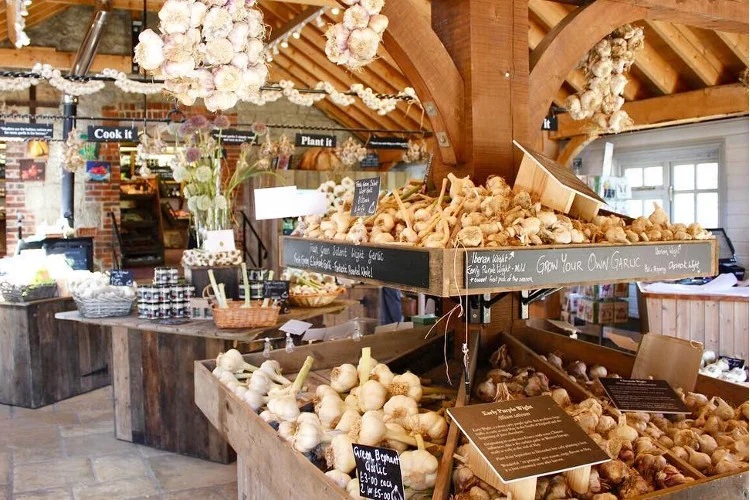
As well as the shop and a museum of artefacts found on the farm site there is a display garden of garlic varieties and suggestions for companion planting. The restaurant, shop, and farm walks mean you can spend a day enjoying all things garlic.

But Christmas?
Obviously the primary reason for choosing to blog garlic was the book themed start to this year’s blog series however there are other Christamassy links to garlic. The first are recipes for Christmas styled garlic breads such as a garlic bread Christmas tree and a garlic bread snowflake. I’ve not yet tried baking either of these but plan to try over the Christmas vacation.

Even more Christmassy is my latest tree ornament, and essential accompaniment to the yodelling pickle, which is a glass garlic head with glitter stripes by Gisela Graham!
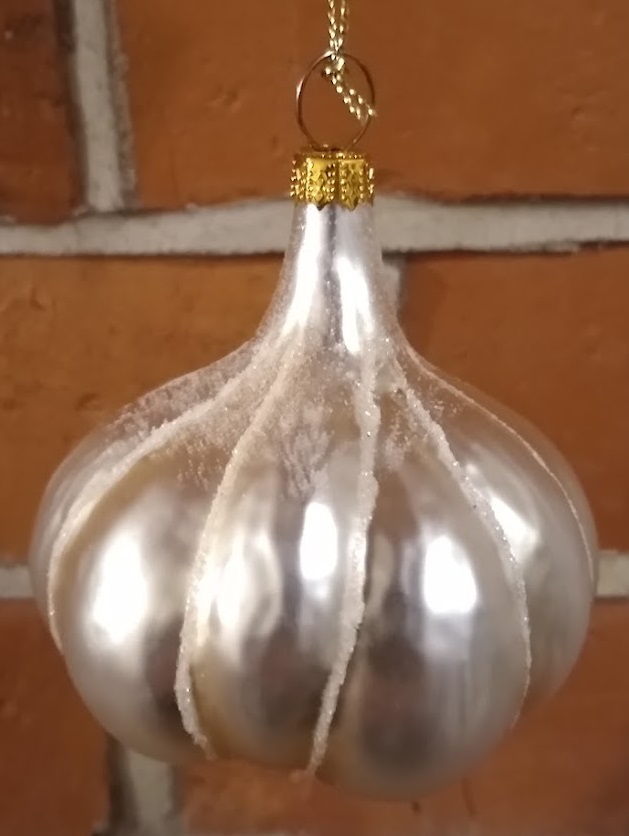
So that’s it for the garlic blog and it’s time to gather the suspects together for our mystery book to be identified.
Our mystery book revealed
Days 1-4 are the first four plants from Hercule Poirot’s Christmas by Agatha Christie, published on 19th December 1938 by Collins Crime Club. The unusual combination of Plumbago, Ipomoea, a rose and garlic reflecting memories and thoughts of Stephen Farr (Grant) who had been living in South Africa and Pilar Estravados (Conchita Lopez) from Spain.
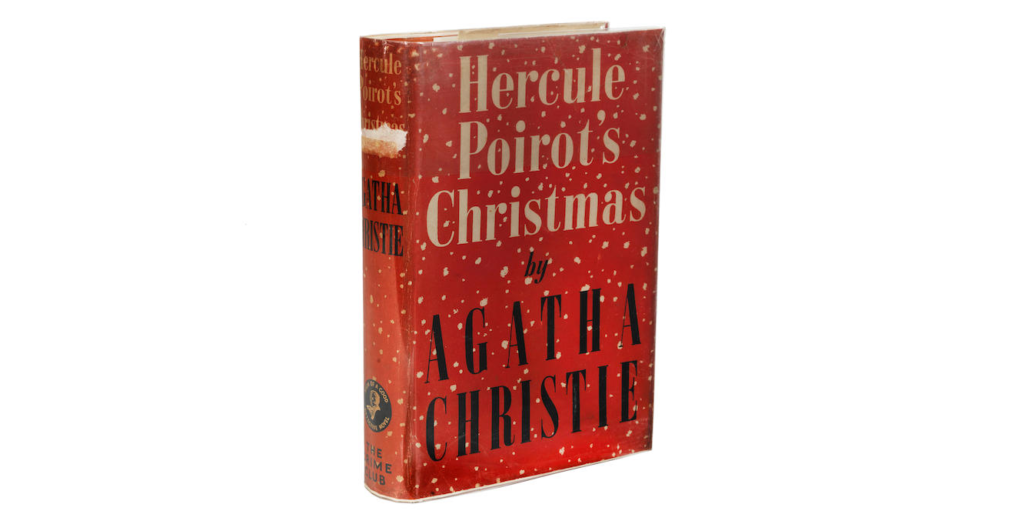
References
Christie, A. (1938). Hercule Poirot’s Christmas. Collins Crime Club, London
